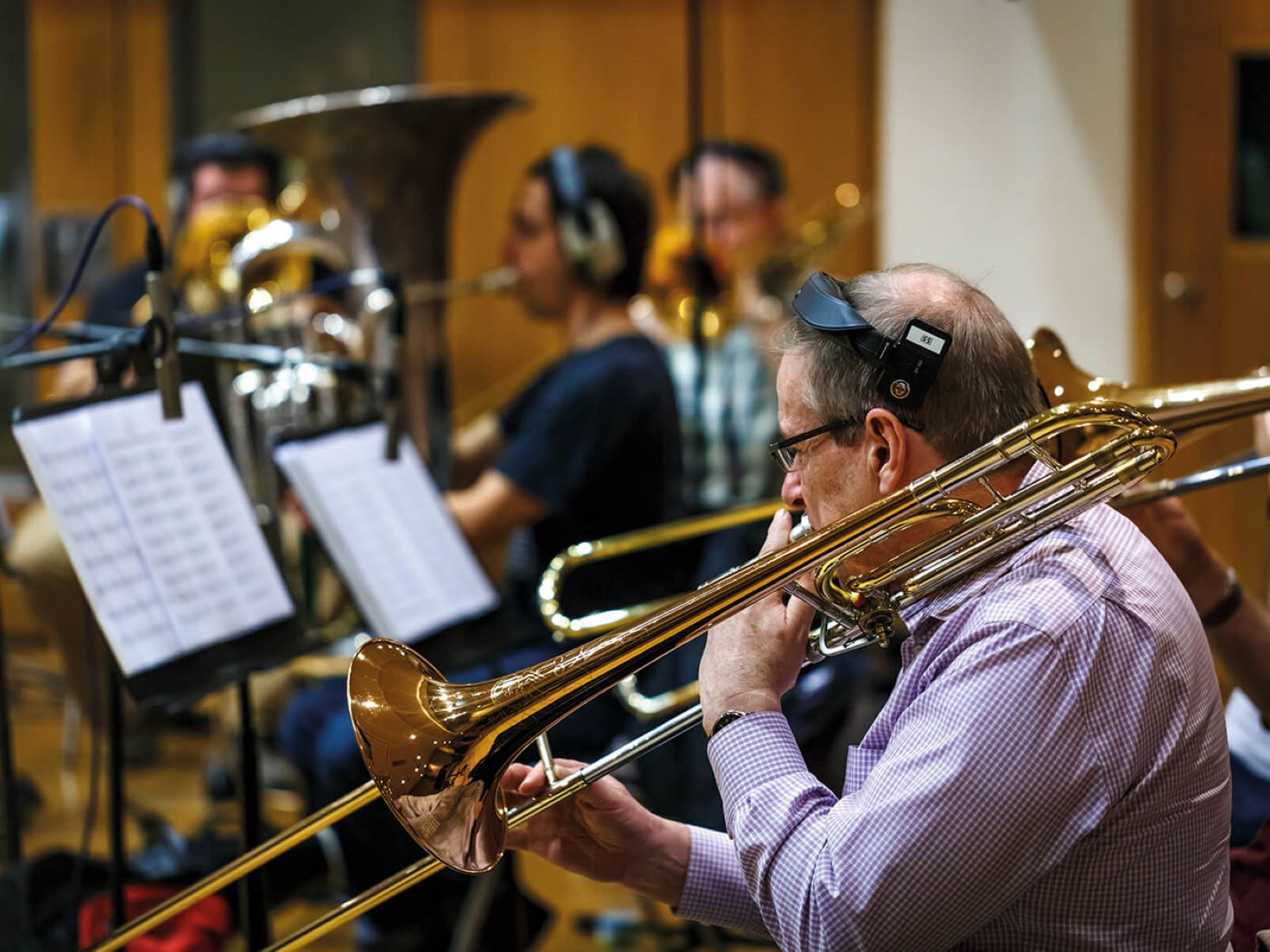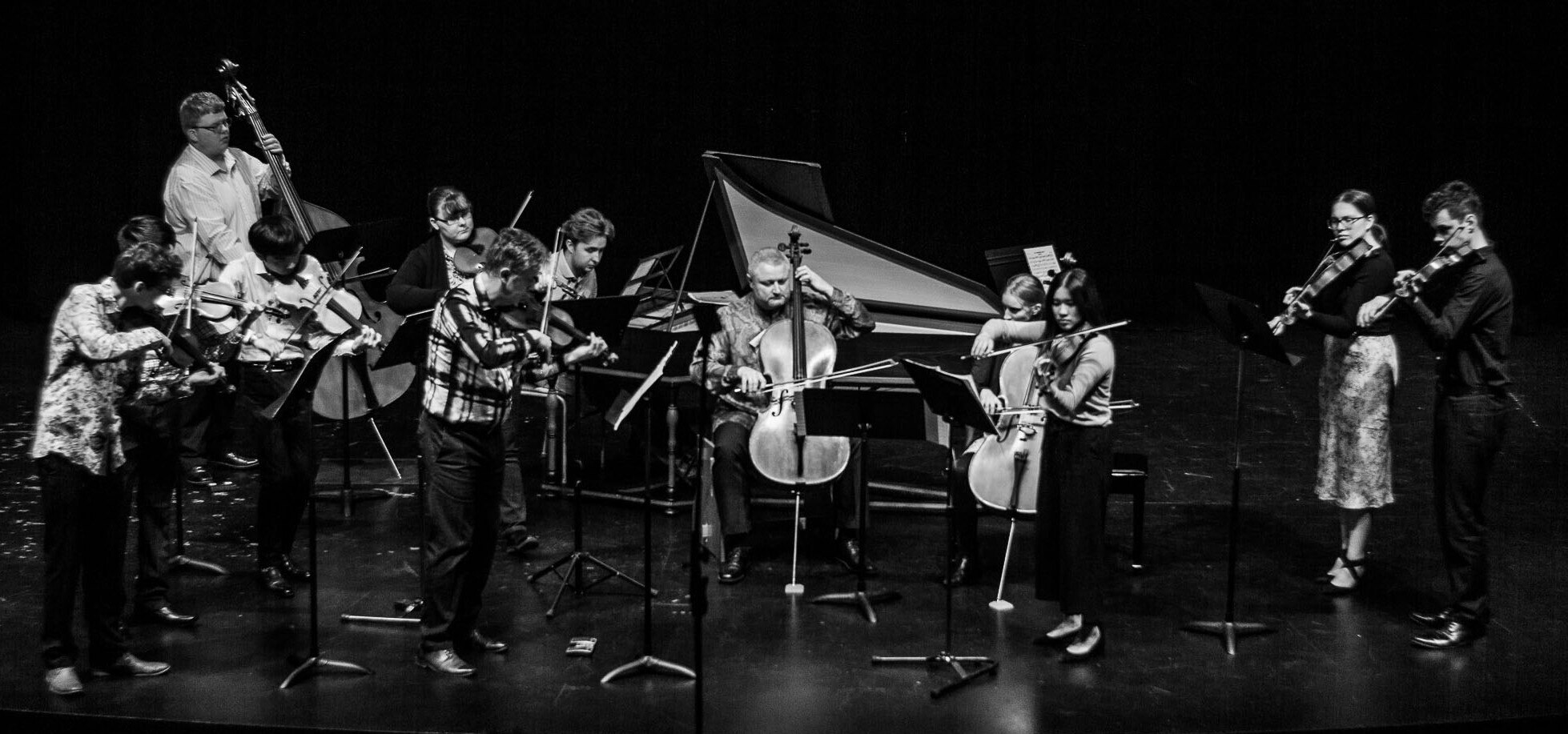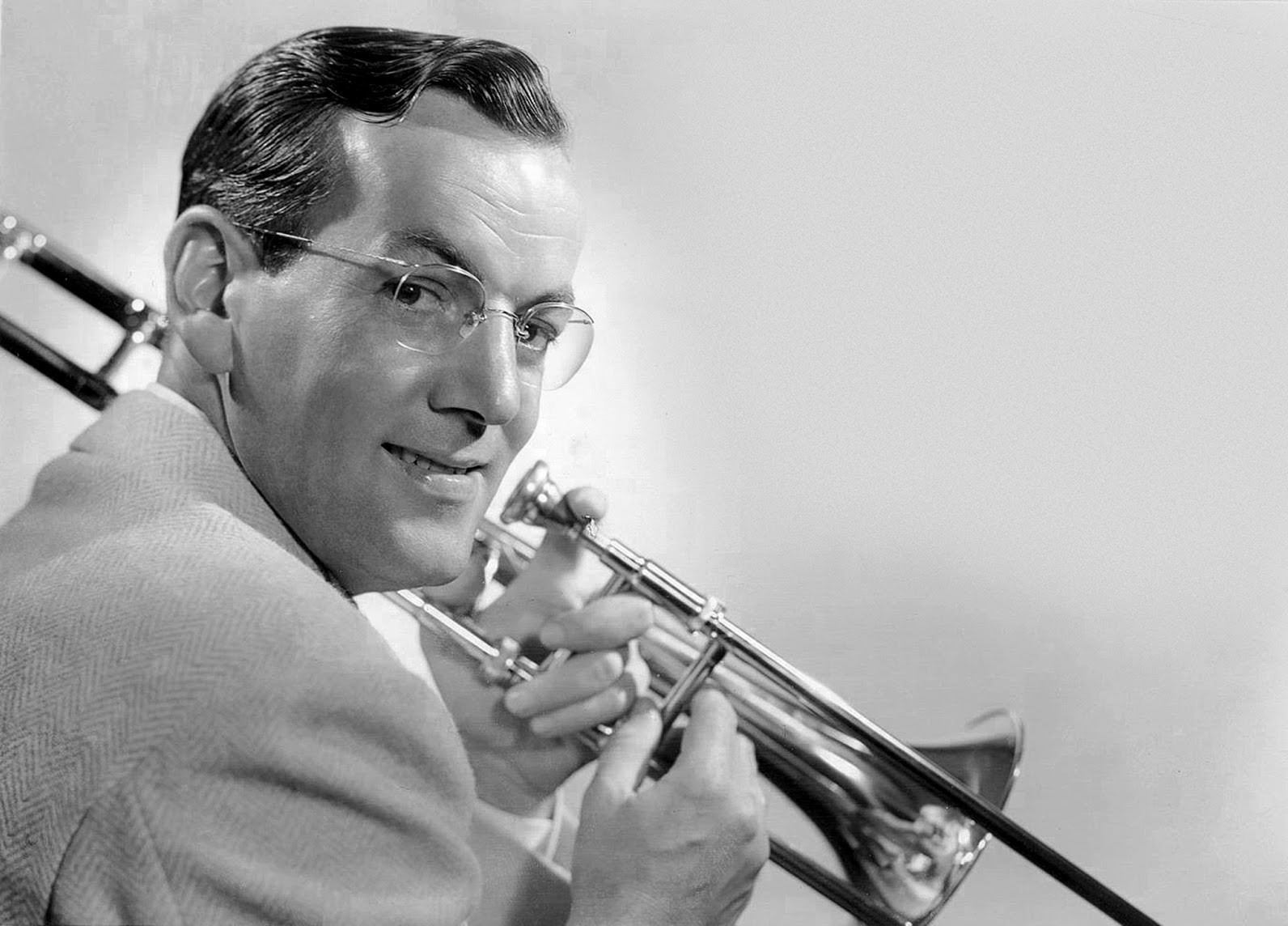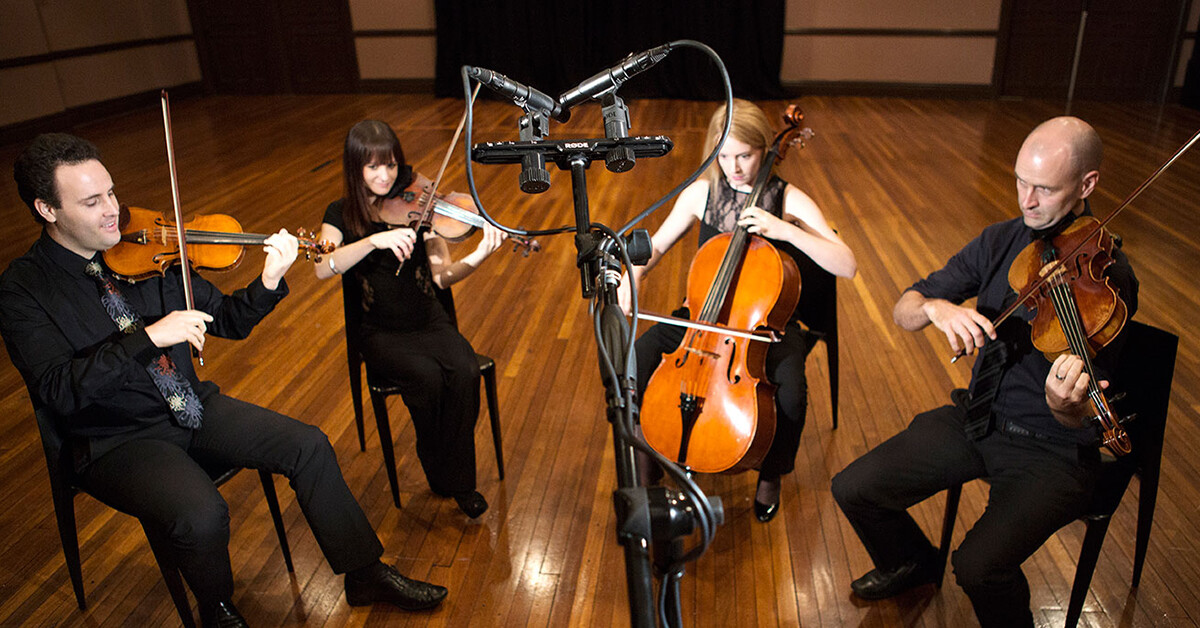Home>Production & Technology>Orchestra>Which Cornetist Was Featured With Frankie Trumbauer’s Orchestra?


Orchestra
Which Cornetist Was Featured With Frankie Trumbauer’s Orchestra?
Published: February 25, 2024
Discover the featured cornetist with Frankie Trumbauer's orchestra and explore the rich history of this iconic musical ensemble. Learn more about the orchestra's renowned performances and influential contributions to jazz music.
(Many of the links in this article redirect to a specific reviewed product. Your purchase of these products through affiliate links helps to generate commission for AudioLover.com, at no extra cost. Learn more)
Table of Contents
Bix Beiderbecke: The Legendary Cornetist
Bix Beiderbecke, born Leon Bismark Beiderbecke, was a pioneering figure in the world of jazz music. His unparalleled talent as a cornetist and composer solidified his status as a legendary musician whose influence continues to resonate across generations. Born on March 10, 1903, in Davenport, Iowa, Bix displayed an innate musical aptitude from a young age. His passion for the cornet, a brass instrument similar to the trumpet, became the cornerstone of his illustrious career.
Bix's musical journey was characterized by a remarkable ability to infuse emotion and depth into his performances. His distinctive tone and improvisational skills set him apart, earning him widespread acclaim among his peers and audiences alike. Bix's playing style was characterized by a delicate balance of technical mastery and heartfelt expression, allowing him to convey a wide range of emotions through his music.
Despite facing personal challenges and inner turmoil, Bix's dedication to his craft remained unwavering. His commitment to pushing the boundaries of traditional jazz led to the development of a unique, innovative sound that left an indelible mark on the genre. His contributions to the jazz landscape continue to inspire aspiring musicians and aficionados, cementing his legacy as one of the most influential figures in the history of jazz.
Bix Beiderbecke's impact extended beyond his instrumental prowess, as he also showcased exceptional talent as a composer. His compositions, such as "In a Mist" and "Candlelights," reflected his innate musicality and inventive approach to songwriting. These timeless pieces serve as a testament to Bix's enduring legacy and his ability to transcend the confines of conventional jazz composition.
In the realm of jazz history, Bix Beiderbecke remains an iconic figure whose artistry and innovation continue to captivate audiences. His profound influence on the evolution of jazz music solidifies his status as a visionary and trailblazer. Bix's enduring legacy serves as a testament to the transformative power of music and the enduring impact of a true musical genius.
Frankie Trumbauer's Orchestra: A Brief Overview
Frankie Trumbauer's Orchestra, led by the renowned saxophonist and bandleader Frankie Trumbauer, emerged as a seminal force in the vibrant landscape of 1920s jazz. The orchestra's distinctive sound and innovative approach to music captivated audiences and solidified its reputation as a pioneering ensemble during the golden age of jazz.
Trumbauer's Orchestra, often referred to as "Tram's Orchestra," showcased a unique musical identity characterized by its seamless blend of traditional jazz elements with a contemporary, forward-thinking sensibility. The ensemble's repertoire encompassed a diverse range of musical styles, incorporating elements of blues, ragtime, and early forms of swing, which contributed to the orchestra's broad appeal.
At the heart of the orchestra's sound was Trumbauer's exceptional talent as a saxophonist, known for his lyrical and inventive playing style. His innovative use of the C-melody saxophone, a less common instrument in jazz at the time, further distinguished the orchestra's sonic palette, contributing to its distinct and alluring sound.
Trumbauer's Orchestra also boasted a roster of exceptionally skilled musicians, including the likes of Eddie Lang, Chauncey Morehouse, and other luminaries of the jazz world. Their collective artistry and collaborative spirit elevated the orchestra's performances, setting a new standard for musical excellence and creativity.
One of the orchestra's most notable achievements was its collaboration with the iconic cornetist Bix Beiderbecke. The partnership between Trumbauer's Orchestra and Bix Beiderbecke resulted in groundbreaking recordings that showcased the seamless integration of Beiderbecke's evocative cornet playing with the orchestra's innovative arrangements, creating a musical synergy that captivated listeners and left an indelible mark on jazz history.
Trumbauer's Orchestra's influence extended beyond the confines of traditional jazz, as their recordings and live performances transcended geographical boundaries, reaching audiences across the United States and beyond. Their impact on the evolution of jazz music during the 1920s and 1930s solidified their status as trailblazers and visionaries within the genre.
In essence, Frankie Trumbauer's Orchestra stands as a testament to the transformative power of collaborative artistry and musical innovation. Their contributions to the jazz canon continue to resonate with audiences, reaffirming their enduring legacy as pioneers of a musical era that forever shaped the cultural landscape.
The Collaboration: Bix Beiderbecke and Frankie Trumbauer's Orchestra
The collaboration between Bix Beiderbecke and Frankie Trumbauer's Orchestra marked a pivotal moment in the history of jazz, giving rise to a series of groundbreaking recordings that showcased the seamless fusion of Beiderbecke's evocative cornet playing with the orchestra's innovative arrangements. This collaboration, which unfolded during the vibrant jazz era of the 1920s, yielded a musical synergy that captivated listeners and left an indelible mark on the genre.
At the core of this collaboration was the exceptional musical chemistry between Bix Beiderbecke and the members of Trumbauer's Orchestra. Their collective artistry and shared commitment to pushing the boundaries of traditional jazz resulted in a series of recordings that redefined the sonic landscape of the era. The orchestra's forward-thinking approach, coupled with Bix Beiderbecke's unparalleled improvisational skills and emotive playing style, created a sonic tapestry that transcended the conventions of contemporary jazz.
The recordings produced through this collaboration, such as "Singin' the Blues" and "I'm Coming, Virginia," exemplified the innovative spirit that characterized the partnership between Beiderbecke and Trumbauer's Orchestra. These compositions not only showcased Bix's virtuosity as a cornetist but also demonstrated the orchestra's ability to provide a rich, dynamic backdrop that complemented and elevated Beiderbecke's performances.
Furthermore, the collaborative efforts between Bix Beiderbecke and Trumbauer's Orchestra served as a catalyst for the evolution of jazz, influencing subsequent generations of musicians and leaving an indelible imprint on the genre's trajectory. Their recordings continue to be celebrated as timeless classics that embody the spirit of artistic innovation and boundary-pushing creativity.
Beyond its musical significance, the collaboration between Bix Beiderbecke and Trumbauer's Orchestra exemplified the power of collective artistry and the transformative potential of collaborative musical endeavors. Their partnership stands as a testament to the enduring impact of innovative musical alliances and serves as an inspiration for artists seeking to break new ground and redefine the boundaries of creative expression.
In essence, the collaboration between Bix Beiderbecke and Frankie Trumbauer's Orchestra stands as a shining example of the profound impact that visionary musicians can have when they join forces to create art that transcends the confines of its time, leaving an enduring legacy that continues to resonate with audiences and musicians alike.











